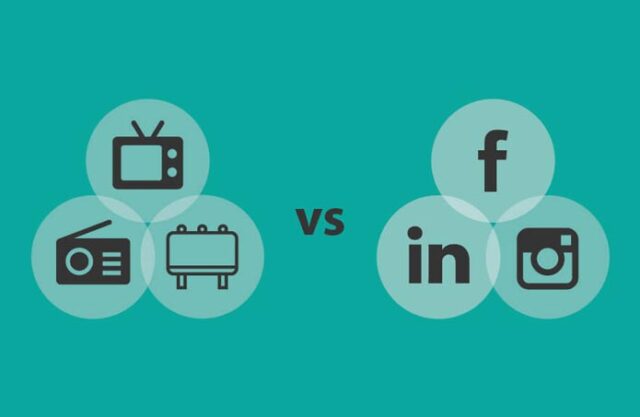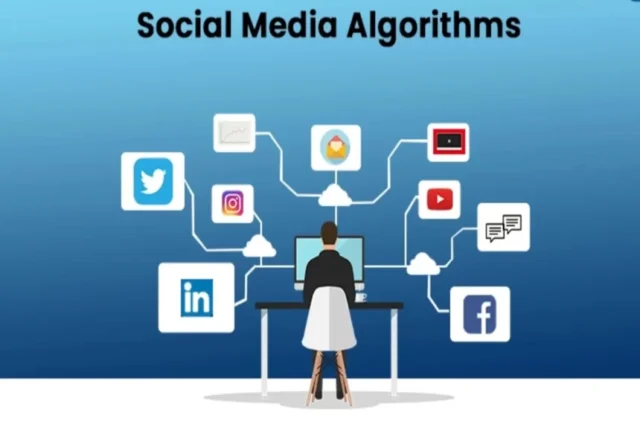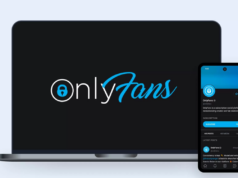
The dawn of the Internet was akin to unshackling voices held in silence for far too long. Anyone browsing on a rainy afternoon might recall the excitement of posting thoughts in a forum or sharing a video that resonated deeply. In that instance, the barriers between speaker and audience evaporated, inviting people to express themselves in ways that defied traditional media’s stringent limits. It was a dramatic shift where information flowed freely, fostering a vibrant landscape for internet freedom of expression.
On one hand, this democratization enriched cultural production, allowing myriad perspectives to flourish. Yet, it also exposed a stark reality—how swiftly those voices can be stifled by the giants controlling this new medium. This article explores The Evolution of Free Speech – How It’s Changed in the Digital Age, revealing not just advances in communication but also the accompanying challenges and conflicts that have emerged in the realm of digital rights advocacy.
The Impact of Technological Change on Free Speech

The advent of digital technology has transformed the landscape of free speech significantly. With the reduction of barriers to information sharing, individuals can now express their thoughts and ideas without the constraints that previously existed. Furthermore, the rise of user-generated content has introduced new dynamics in the context of expression and moderation, presenting both opportunities and challenges.
Reduction of Barriers to Information Sharing
Technological advancements have drastically lowered the cost of sharing information. Social media platforms and blogs enable individuals to communicate and connect with a broader audience. This democratization of information fosters diverse voices, making it easier for marginalized groups to share their perspectives. As access to the internet continues to grow, so does the capacity for individuals to engage in discussions, furthering the evolution of free speech.
Rise of User-Generated Content and Its Implications
The boom in user-generated content has reshaped how information is disseminated and consumed. While this development promotes freedom of expression, it also complicates the landscape of online censorship and user-generated content moderation. With millions of posts made daily, platforms face the challenge of balancing free speech and maintaining community standards. As a result, debates surrounding the regulation of online discourse have become ever more pressing, showcasing the complexities within the evolution of free speech in a digital context.
The Evolution of Free Speech – How It’s Changed in the Digital Age
The journey from traditional media to digital platforms has drastically altered the landscape of free speech. As information dissemination moved from controlled channels, such as newspapers and television, to open digital platforms, the implications for freedom of expression became evident. This shift allowed for a broader range of voices to participate in discourse, transforming the nature of content creation and consumption.
From Traditional Media to Digital Platforms

Traditional media operated under a centralized model, where few entities held the keys to information flow. The emergence of digital platforms dismantled this structure, fostering a more decentralized landscape. Social media platforms empowered individuals to share their ideas without the filtering mechanisms typical of mainstream media. This democratization of communication significantly impacted social media regulation, as the regulatory frameworks struggled to keep pace with the rapid evolution of digital interactions.
Changing Theories of Free Speech
New theories surrounding freedom of expression have emerged in response to the complexities of digital communication. Digital rights advocacy plays a crucial role in identifying the need for updated legal frameworks that protect individuals’ rights while addressing the challenges of online content. The contentious nature of speech in digital spaces has sparked debates on how existing laws apply to online environments and user-generated content. Various stakeholders, including policymakers and tech companies, grapple with these evolving theories as they seek to balance the imperatives of open communication with the need to regulate potentially harmful content.
Challenges of Online Censorship and Regulation
The advent of digital communication platforms has transformed the landscape of free speech, presenting unique challenges for online censorship and regulation. Social media companies play a pivotal role in shaping discourse while grappling with the responsibility of moderating content. This section explores how these companies attempt to balance user protection with the vital need for freedom of expression.
The Role of Social Media Companies

Companies such as Twitter and Facebook find themselves at the forefront of social media regulation. Their policies often aim to eliminate harmful content, including instances that may fall under hate speech laws. As these platforms strive to curate their environments, they face criticism from both users advocating for unfiltered expression and those supporting stringent measures against hate speech and harassment. The complexities of this role often involve:
- Establishing clear community guidelines that define acceptable speech.
- Implementing advanced algorithms that can detect and filter inappropriate content.
- Responding to external pressures from governments and advocacy groups for stricter content regulation.
Frameworks for Online Hate Speech Laws
The paucity of uniform guidelines for hate speech laws creates significant challenges for social media platforms. Various jurisdictions adopt disparate approaches to regulation, complicating compliance for global companies. The frameworks that emerge often navigate the fine line between restricting damaging speech and maintaining robust free expression. Several key considerations include:
- Defining hate speech across different cultural and legal contexts.
- Assessing the effectiveness of current policies in reducing hate speech incidents.
- Evaluating users’ rights to appeal content moderation decisions.
Striking a balance between online censorship and regulation remains a contentious topic, embodying the ongoing struggle to protect individuals while fostering an inclusive digital environment. The real-time nature of social media complicates this issue, as platforms must react swiftly to evolving trends, making effective regulation a challenge well into the future.
Misinformation Control and Free Expression
The interface between misinformation control and free expression reveals a complex landscape, particularly regarding how algorithms shape the flow of information. These algorithms determine the content accessible to users, influencing public opinions and attitudes. This interaction often leads to the dissemination of misinformation, raising concerns about online censorship and the integrity of public discourse.
The Influence of Algorithms on Public Discourse

Algorithms play a crucial role in filtering and promoting content on digital platforms. By prioritizing engagement, many platforms inadvertently amplify misinformation. The implications of this selective visibility can lead to significant shifts in how information is perceived by the public. Challenges arise when misinformation spreads more rapidly than factual content, contributing to a cycle of distrust in legitimate sources.












